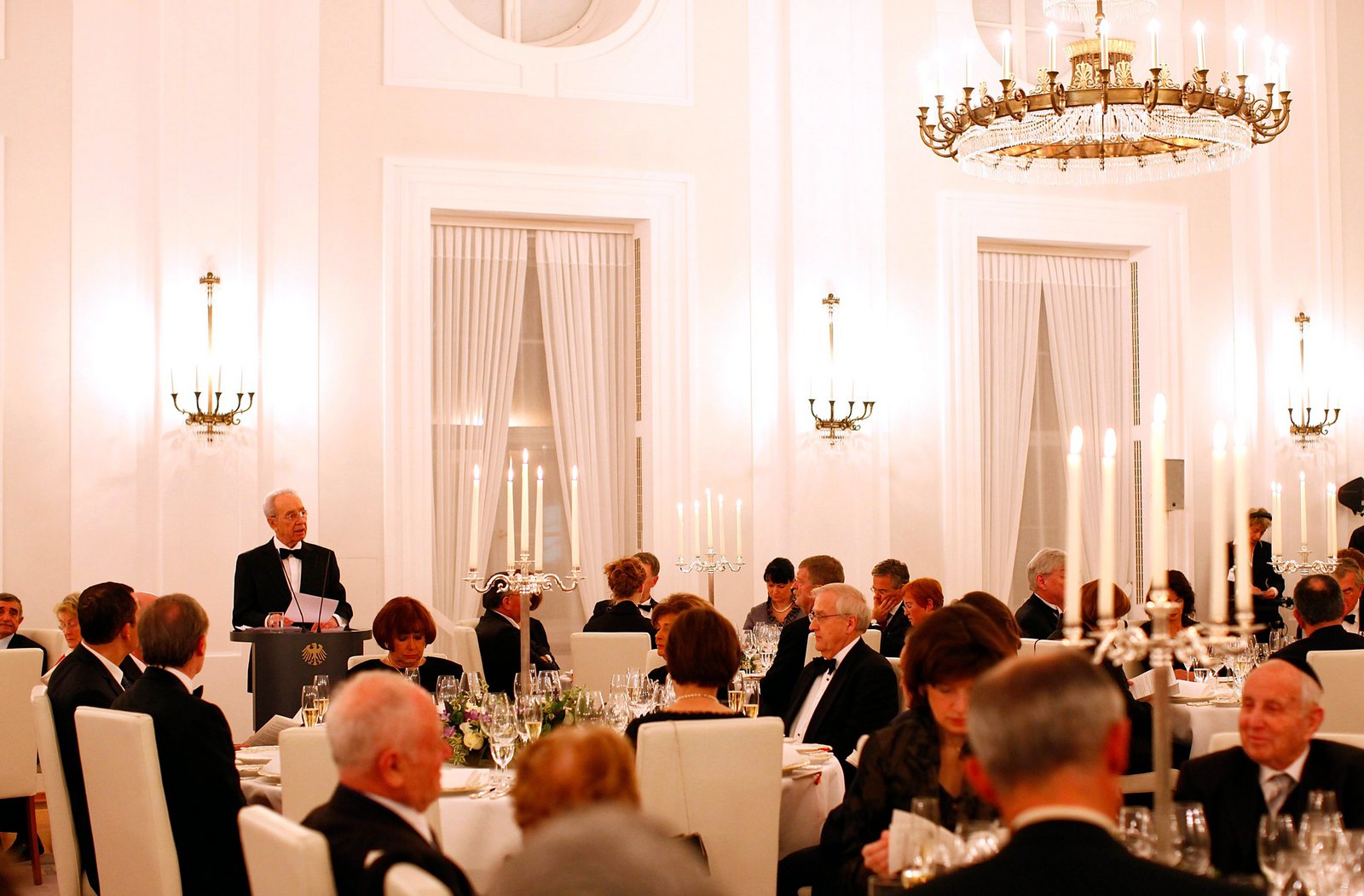As I was doing a quick scroll through Facebook the other day, this post from my friend Jennifer made me stop and nod my head in agreement:
“It is not old fashioned to say "thank you". If someone gives you a gift or a donation to a cause that is important to you, you need to say "Thank You". Write it in a card, send it in an email, say it face to face, write on their Facebook wall, Tweet it, just do it! If you don't, then don't expect another gift or donation in the future. Easy enough.”
I’m not sure what prompted this status update, but I’m guessing Jennifer had an experience similar to one I wrote about last year in a blog post called “The Power of a Thank You”. If Jennifer had been nearby when I read her status, I would have jumped up and high-fived her enthusiastically. She gets it! Thanking people matters.
In Jennifer’s case, and in my blog post from last year, the focus is on the individual. But the importance of saying thank you translates to organizations as well. Does your organization have an attitude of gratitude?
An Attitude of GratitudeMost organizations send automated thank you emails to donors after they’ve made a donation, and to fundraisers after an event is over or a campaign wraps up. That’s the gratitude bare minimum. To succeed in a peer-to-peer fundraising environment where fundraisers and donors have more options than ever for where to spend their time and money, we need to do more.
Here are five ways to demonstrate your attitude of gratitude and thank those who do the most for your organization:
- Put pen to paper. You may have a fancy system that inserts your constituent’s name into your automated thank you email, but they still know that you, personally, did not actually send it. Stand out from other organizations by being the one to write handwritten thank you notes to your most dedicated supporters. You may only have time to write five notes. Or ten notes. Or maybe even just one note. But the one thank you note you do write will show the recipient that you have an attitude of gratitude and you appreciate their efforts.
- Pick up the phone. Anyone who makes outbound calls for a living will probably tell you that no one picks up their phone anymore. We can all see who is calling and if we don’t recognize the number we’re not likely to answer. But don’t let that stop you from making this personal gesture of gratitude. You will either have a personal conversation with someone who is doing a lot for your organization, or you will leave a voicemail that will make their day once they realize you noticed their efforts and took the time to reach out to them personally. Either way, it’s a gratitude win!
- Escalate the thank you. If you already have an attitude of gratitude, your avid supporters may know that you and your front line staff appreciate them. Imagine their surprise, however, if they were to receive a phone call or handwritten note from your Executive Director or CEO. Or, if possible, from someone who has directly benefitted from the work being done by your organization. Escalating the thank you lets your constituents know that their efforts are being noticed and appreciated by a wider audience than they may have realized.
- Make it public. Even the most humble among us like to see our names in print. So anytime we have the opportunity to thank someone publicly, we should. This might mean thanking a fundraiser on stage at your fundraising event. Or through social media during or after a fundraising campaign. Or on your website, in an e-newsletter, or wherever else they will be recognized and know that other people see the recognition too. This technique has a bonus effect: It plants a seed in the mind of other supporters that with a little extra effort they, too, could be recognized in this way.
- Make it personal. We should know our top supporters the way we know our friends and family. Where do they work? Do they have any hobbies? Are they married? What other causes do they support? The more we know about our constituents, the stronger our relationships will be and the more personal we can make our thank you efforts. Yes, your most dedicated advocate will receive the same automated email that everyone else receives. But when they also receive your handwritten note with a $5 gift card to iTunes because you know they are training for a marathon, won’t that make them feel special?
It’s important to reiterate that we said these are five ways to thank those who do the most for your organization. “Most” is the key word here. We need to thank everyone - so go ahead and send that automated email – but don’t let the daunting thought of trying to thank everyone equally keep you from thanking anyone distinctively. Know who your MVPs are and show them your attitude of gratitude. Saying thank you is a key part of fundraising success – and life success.
Thanking your participants is a major part of your peer-to-peer program's service component. Download our Seven Success Factors E-Book to learn more about improving your service, and the other six components critical to the success of your P2P program!
Share this
You May Also Like
These Related Stories

Donor Stewardship: Bridging The Gap Between Passive & Active Supporters

Three Reasons You’re In P2P Fundraising – Even If You Don’t Know It




No Comments Yet
Let us know what you think